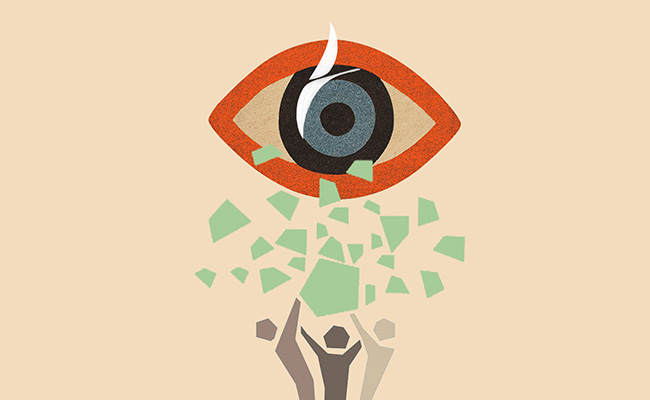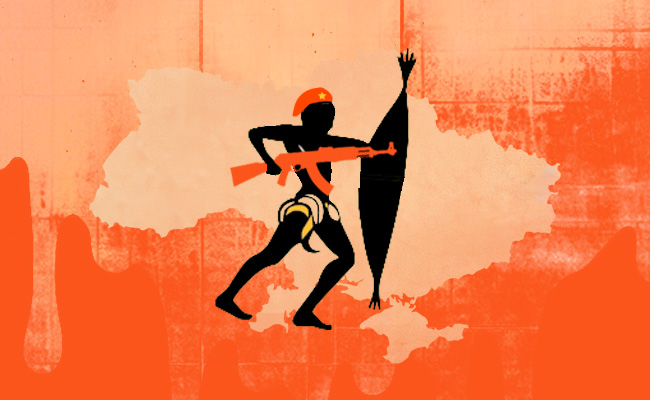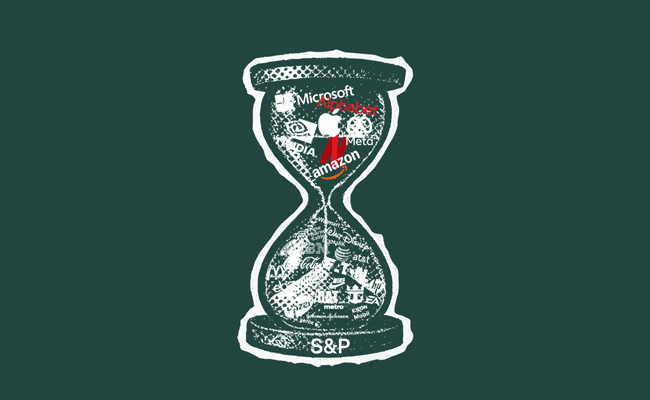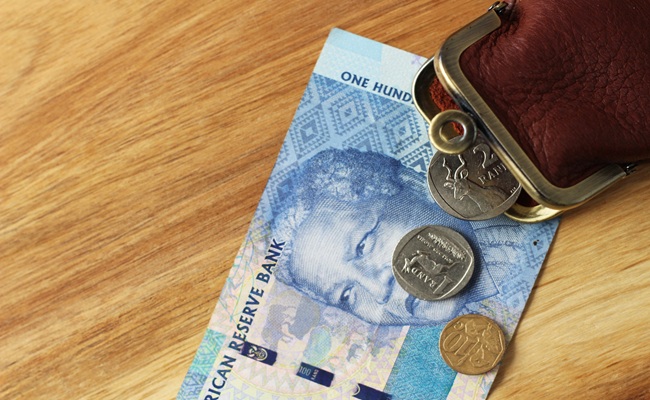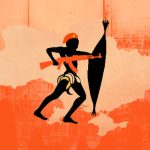After years of controversial, loss-making unlisted investments – and the searing scrutiny of a commission of inquiry – the Government Employees Pension Fund (GEPF) believes it has drawn a line under the missteps of the past.
Africa’s largest retirement fund has spent the past five years reworking its oversight of the Public Investment Corporation (PIC), which manages the lion’s share of its R2.38-trillion portfolio. The two institutions were compelled to overhaul their governance frameworks following the Mpati commission’s revelation of systemic failures at the PIC, including political interference and a breakdown in accountability.
“The GEPF board has been paying a lot of attention to how we play our oversight role over the PIC and our outsourced investments,” principal executive officer Musa Mabesa told reporters in Joburg on Thursday. “That has paid off because that relationship with the PIC has improved … compliance with our mandates has also improved.”
Performance has picked up, too, he said, with assets under management growing by “double digits” in the year to March.
Isibaya Fund 3, the GEPF’s latest unlisted investment vehicle, is generating an internal rate of return of more than 10%, while pre-2018 investments – widely seen as the root of past problems – remain underwater.
The JSE’s all share index , meanwhile, climbed more than 20% during the period. The MSCI ACWI, which tracks global developed and emerging markets, rose more than 16%.
New leadership
Mabesa said the GEPF and PIC now hold regular board-level forums, quarterly executive committee engagements, and regular investment meetings.
Leadership changes have also reshaped both institutions. More recently, Frans Baleni, the former general secretary of the National Union of Mineworkers, was appointed GEPF chair in December, while Patrick Dlamini, former CEO of the Development Bank of Southern Africa, took over as PIC CEO on June 1.
Still, the shadow of earlier scandals hasn’t fully lifted. The GEPF and PIC continue to grapple with reputational and financial damage from the PIC’s investments in politically connected entities, including Iqbal Survé’s Sekunjalo Group and Ayo Technology Solutions.
And fallout from the PIC’s stake in Daybreak Farms also lingers. The PIC had to inject an additional R150m in February to help cover salaries, bringing its total support this year to R400m. Between April and May, more than 350,000 chickens were euthanised after being left to starve, with some reportedly turning to cannibalism. The firm is now in business rescue. The PIC’s total investment in the scandal-plagued company is a whopping R1.7bn to date.
Daybreak, in particular, has called into question the GEPF’s mandate, and Baleni said there remained confusion among some politicians about the GEPF’s role. “Some will ask why the fund doesn’t just build a hospital because it has the money,” he said. “But it’s not a grant – we have a duty to protect our members’ pensions.”
That doesn’t mean the GEPF has abandoned its developmental imperatives. Like other pension funds, it continues to seek projects that support infrastructure, create social impact, and deliver acceptable returns. The problem, Mabesa said, is that there are too few “bankable” projects.
“Our job is to preserve the retirement savings of our members,” he said. “That’s the object of the fund – and we cannot lose sight of that.”
That’s probably cold comfort to the many pensioners reliant on its investment outcomes. This year’s benefit increase was limited to 2.9%, in line with November 2024’s inflation rate. Since then, inflation has averaged 2.97%, and the Reserve Bank expects it to reach 3.2% for 2025.
The GEPF says that exceeding inflation-linked increases would require either a more aggressive investment approach or higher contributions from members. A year ago, the GEPF reported returns of 4.9% for the 12 months to the end of March 2024, which were below the inflation rate of 5.5% over the same period.
Little wonder the trust deficit remains. After a decade of governance failures, high-profile losses, and last year’s underwhelming performance, the GEPF and PIC will need more than board reforms and steady returns to restore complete confidence.
Top image: Rawpixel/Currency collage.
Sign up to Currency’s weekly newsletters to receive your own bulletin of weekday news and weekend treats. Register here.



